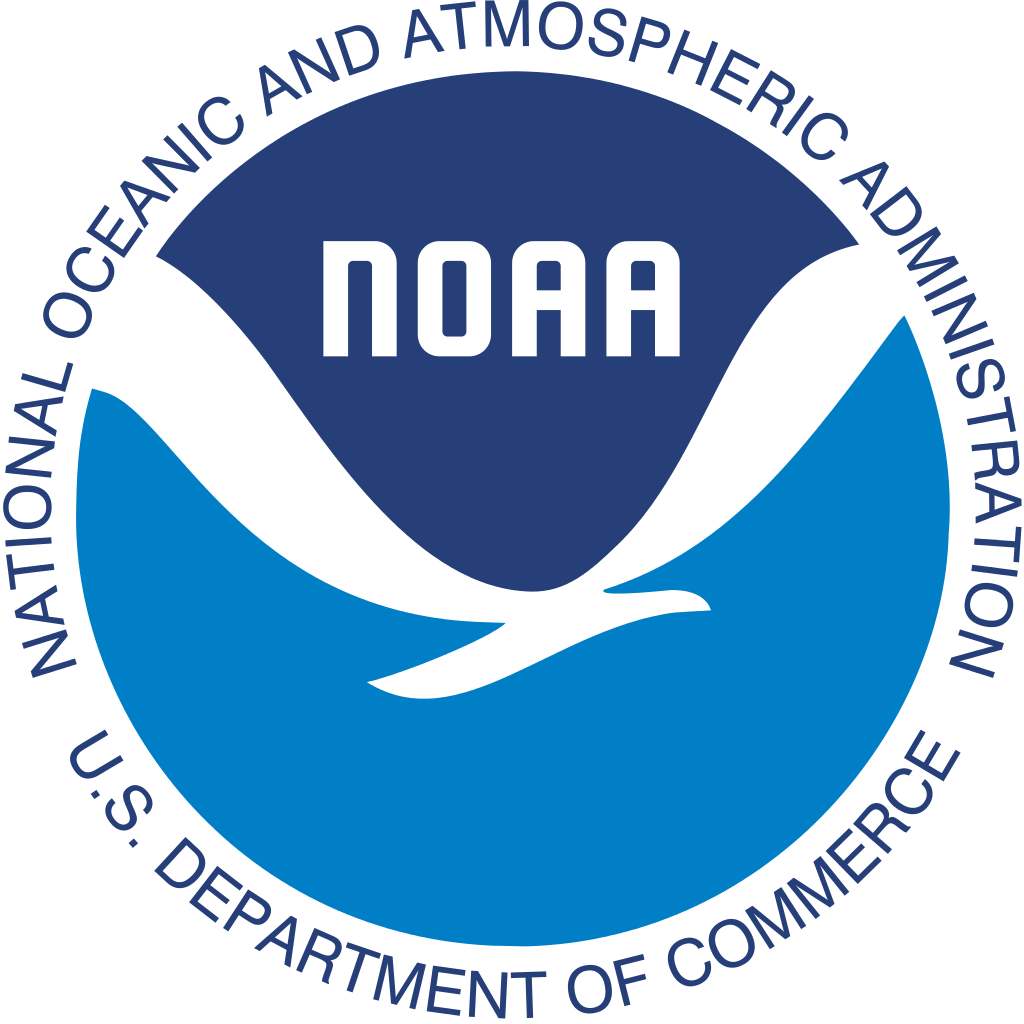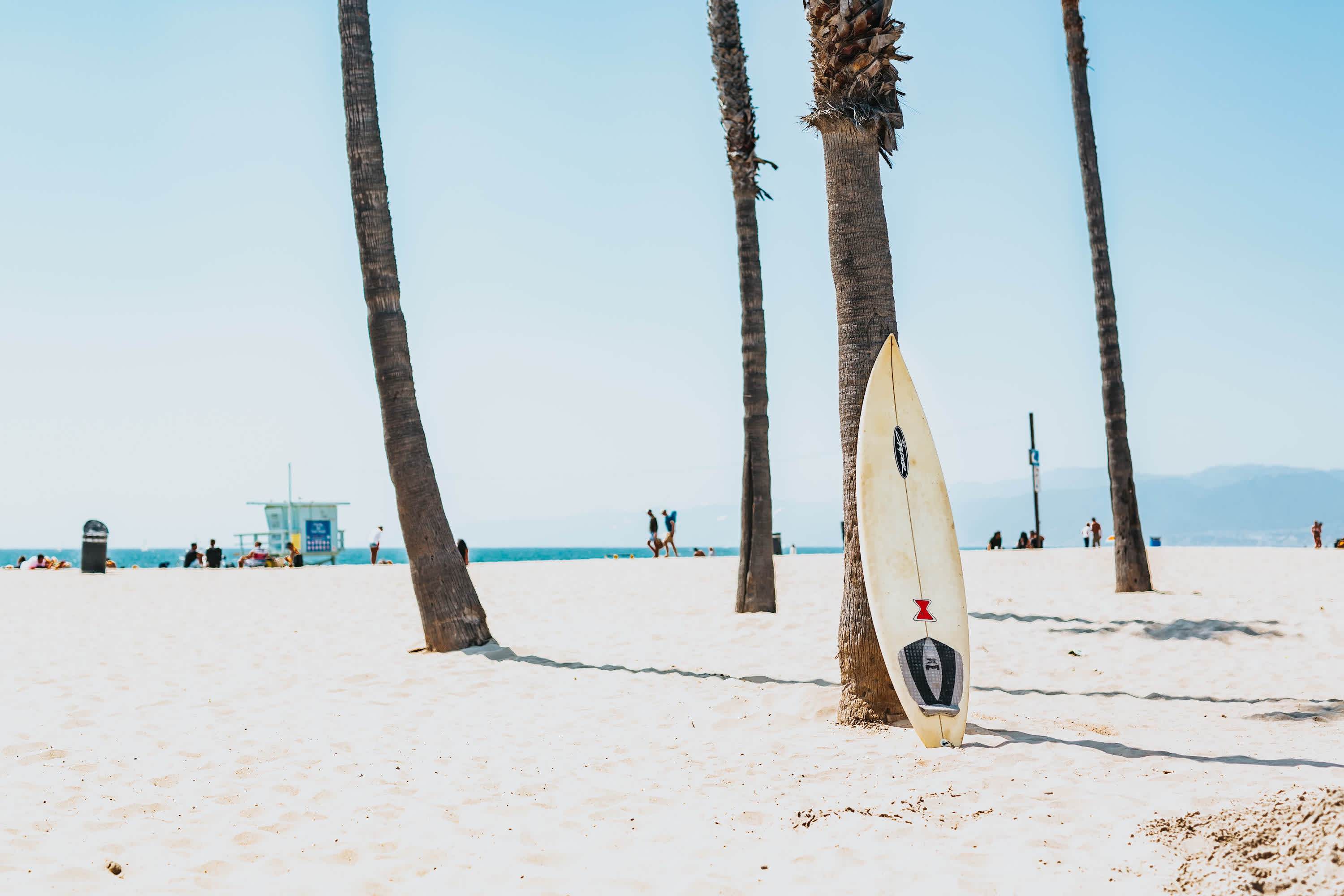Welcome to SafeBeachDay. Know the daily hazards and stay safe.
SafeBeachDay broadcasts ocean conditions and safety updates for beaches worldwide. The goal of SafeBeachDay is to give beach users timely and accurate information for choosing a beach destination appropriate to their ocean skill level. We want you to have a safe and enjoyable time while visiting the beach. This is best achieved by choosing the appropriate beach as you plan your daily activities. Each dashboard has:
- Weather Updates FAQ
- Rules and Regulations
- Events, and Parking info
- Subscribe for Safety Updates
- Tower Status
- Surf Report
- Safety Hazards
- Wildlife sightings like stingrays and sharks
We encourage you to use this site to make an aware and informed decision based on the latest information. When you get to the beach, be sure to check with the lifeguards for problems and hazards. Lifeguards are stationed at the most popular beaches to provide information and assist you in case of an emergency. It is far better to recognize that a beach is too dangerous and move to another, than to attempt entering the ocean and risk injury.
Community Risk Reduction and Beach Safety
Community Risk Reduction is the practice of identifying and reducing safety risks present in a local community. This practice is especially important when living near or visiting a local beach. With nearly 2 billion annual beach visits in the US alone, establishing and maintaining a culture of beach safety is critical. Ocean risks change based on the time of day, location, wave and weather patterns, and a number of other dynamic factors.
The Power of Data in its Role in Safety
SafeBeachDay provides wave and beach hazard information that is updated every 15 minutes based on forecasts by the National Weather Service and local lifeguards.
Much of the data presented is captured directly by lifeguard agencies, using their digital command center software and dispatch tool, Watchtower. Conditions and alerts are derived from Watchtower, NOAA and other trusted sources

The Role of Lifeguards and In Beach Safety
Lifeguards play an incredibly important part in helping keeping beachgoers safe, and work every day to help prevent drowning are save lives. In 2021 in the United States, lifeguards took more than 7,800,000 Preventive Actions, provided more than 337,000 Medical Aids, and rescued more than 66,000 swimmers from drowning. Source: USLA
Always check with your local lifeguard before entering the water, and remember to always swim in front of a lifeguard.
A few of our partners:
- United States Lifesaving Association
- UNSW Beach Safety Research Institute
Hawiaiian portions of the website was established through cooperation between Hawaii Lifeguard Association, City & County of Honolulu, County of Maui, Hawaii Department of Health, Hawaii Tourism Authority, and the University of Hawaii School of Ocean and Earth Science and Technology, and other safety partners.
Rating Signs & Alerts
Beach hazard rating signs are designed to help you identify a beach that is appropriate to your ocean skill level. Life-guarded beaches are rated based on ocean conditions and known beach hazards.
Three signs are employed to rate life-guarded beaches (Caution, High Hazard, and Extreme Hazard). Because conditions at beaches change quickly we encourage you to check back often for the latest information. Additionally, other factors, such as beach closures, road closures, stinging jellyfish, shark sightings, and other events are posted on the site when available.
Some beach agencies will display their own local or regional hazard levels. Use the accompanying map key to determine their ratings.

Caution
Approach the ocean with caution. Be vigilant of changing conditions especially at beaches known for strong shore breaks (waves breaking on the beach) and on exposed rocks or cliffs near the ocean. Avoid exposed rocks that are wet from surf. Watch for holes and channels in shallow water. Weak swimmers should not venture offshore as the seafloor drops off quickly and tidal currents, winds, and waves are strong on most island shores.

High Hazard
Swimmers are advised to stay out of the ocean. Currents and surge on the beach are quite strong and shore break (waves breaking on the beach) can cause injury. Avoid exposed beaches and rocky shoreline. Remain beyond the reach of the waves as indicated by wet sand or rocks. Be aware of the variable nature of wave groups and lulls.

Extreme
Swimmers are advised to stay out of the ocean. Shoreline activity is extremely hazardous and may lead to injury. Lifeguards will monitor ocean access. Avoid areas of wet sand or rock.
No conditions available
Conditions do not apply to this location. For example, Rabbit Island off Oahu's windward shore, has no nearshore rating.
Closed
Beach is closed.
Event
Beach or tower has an active event.


